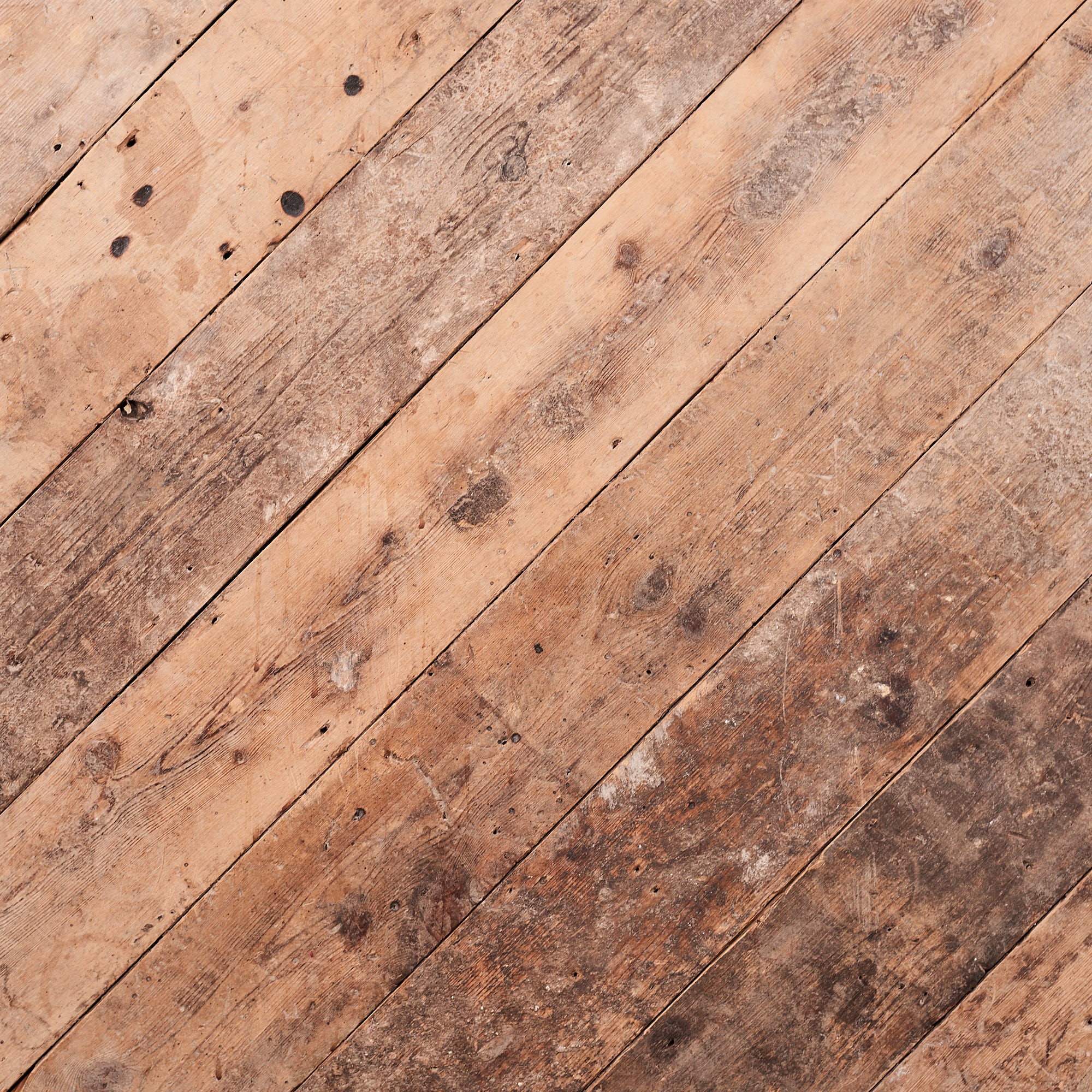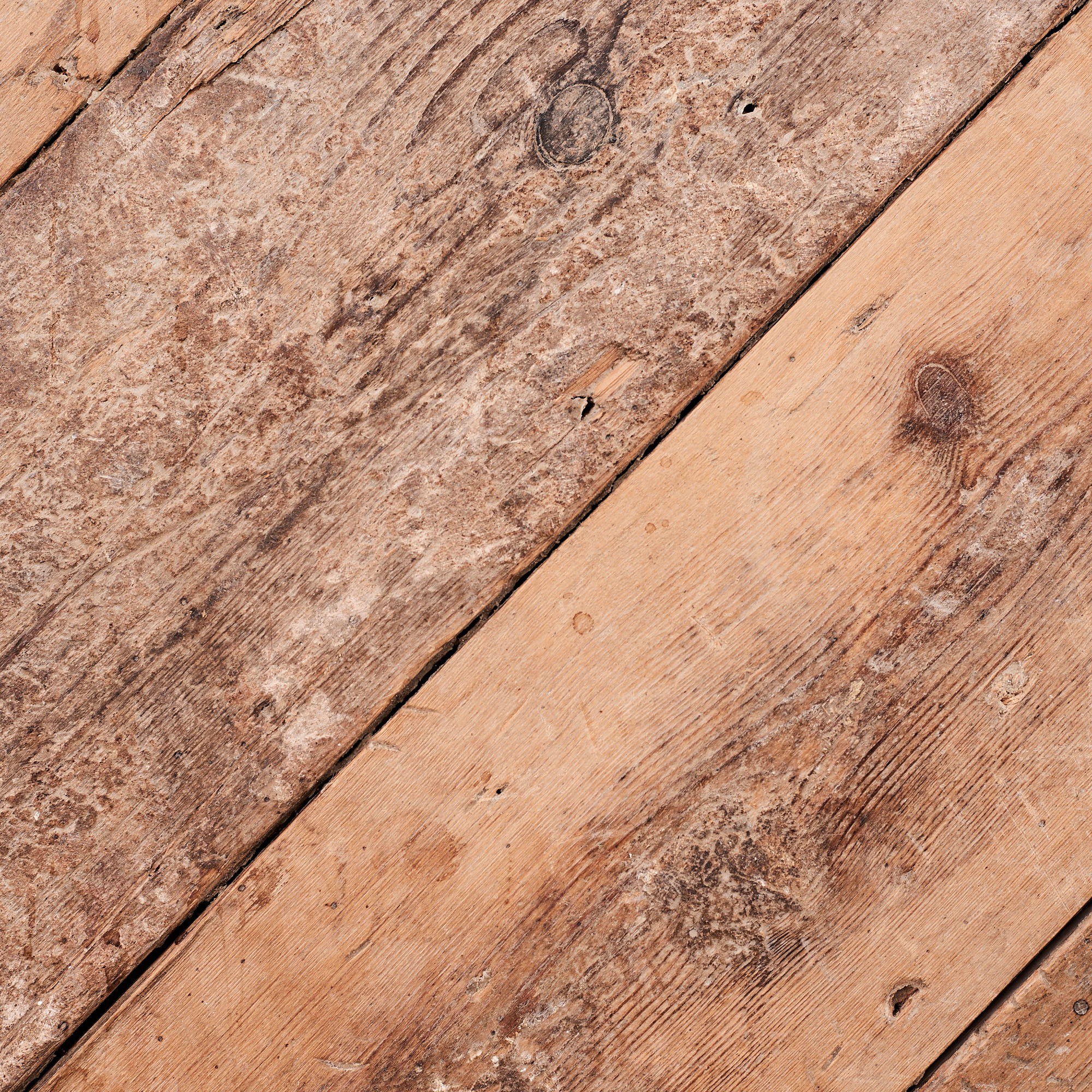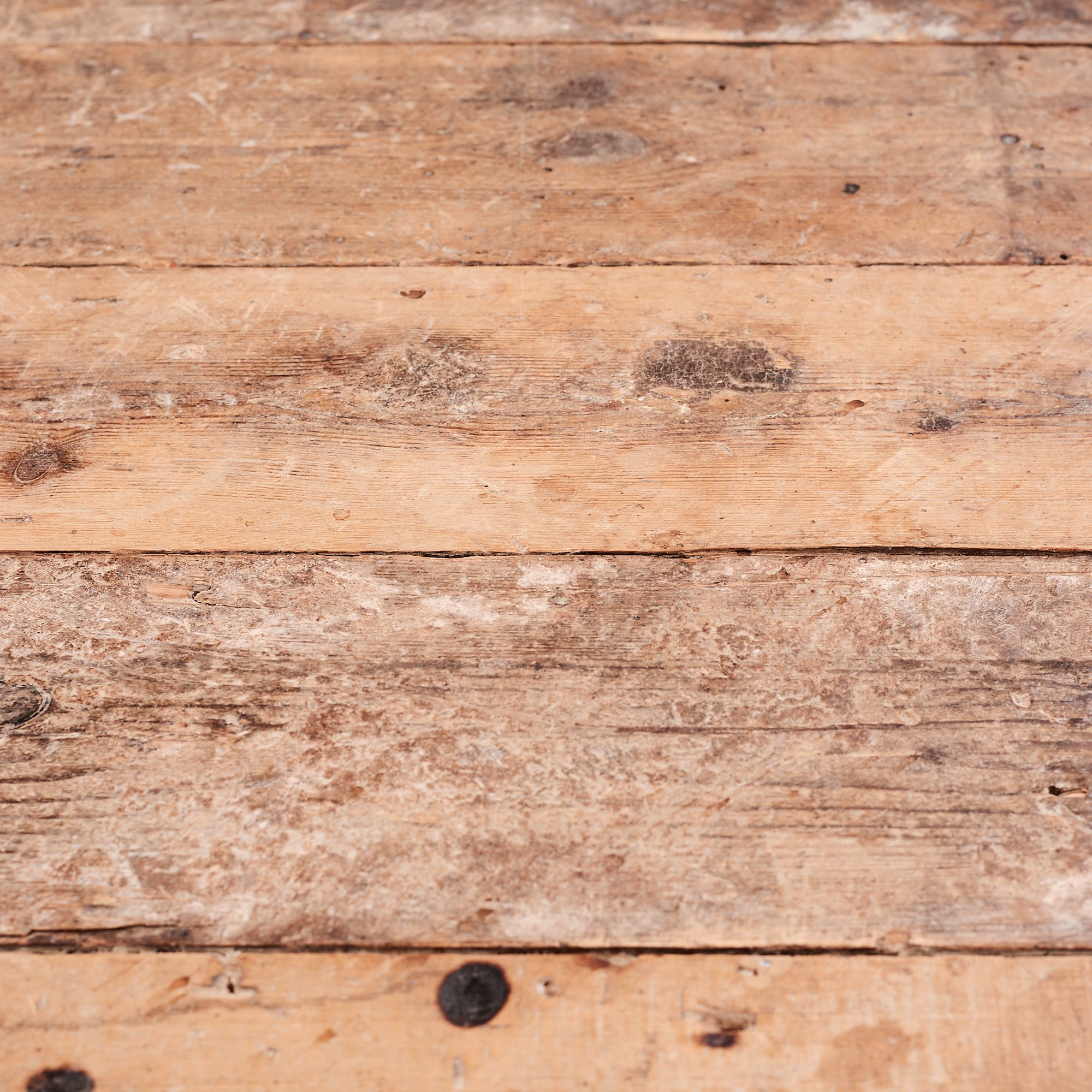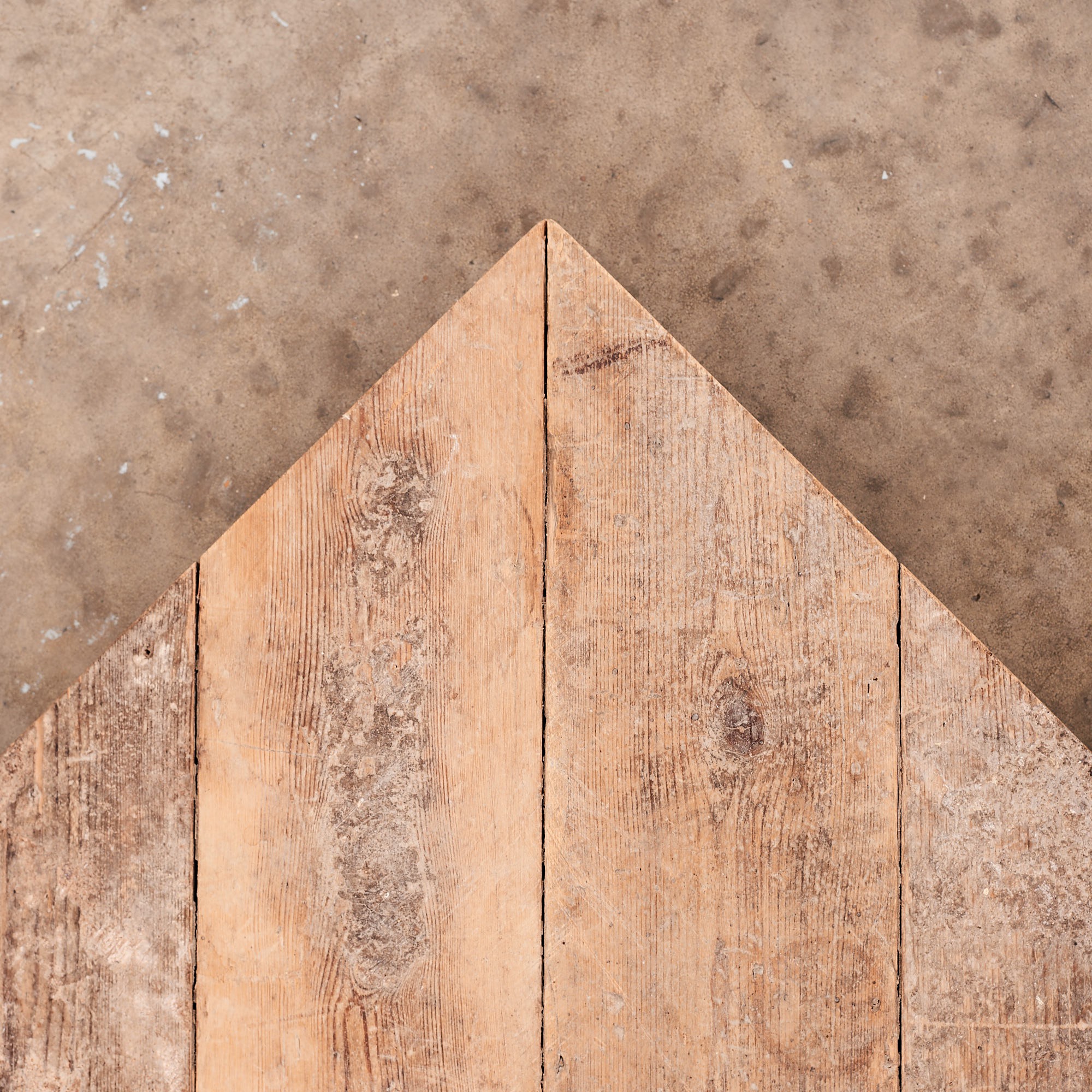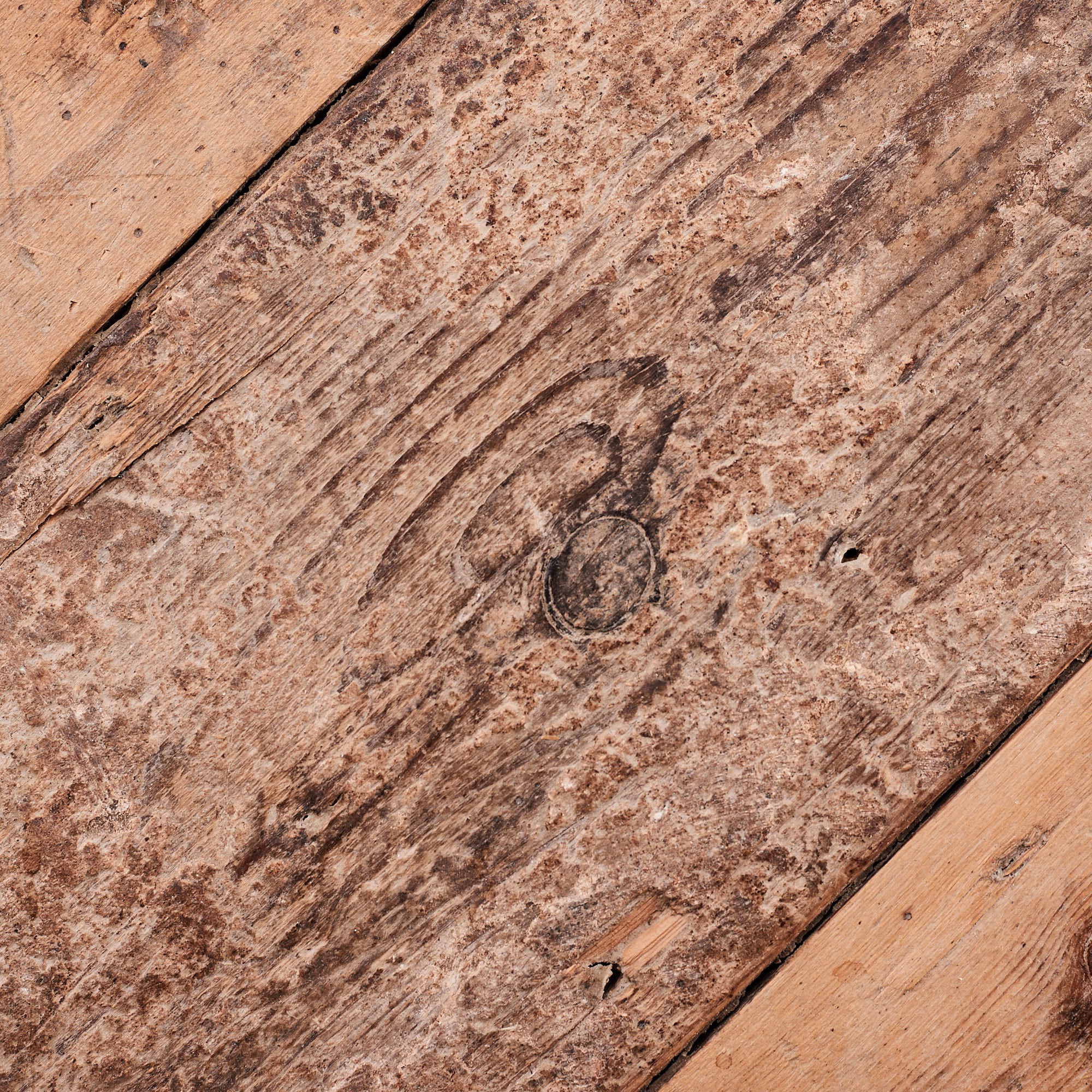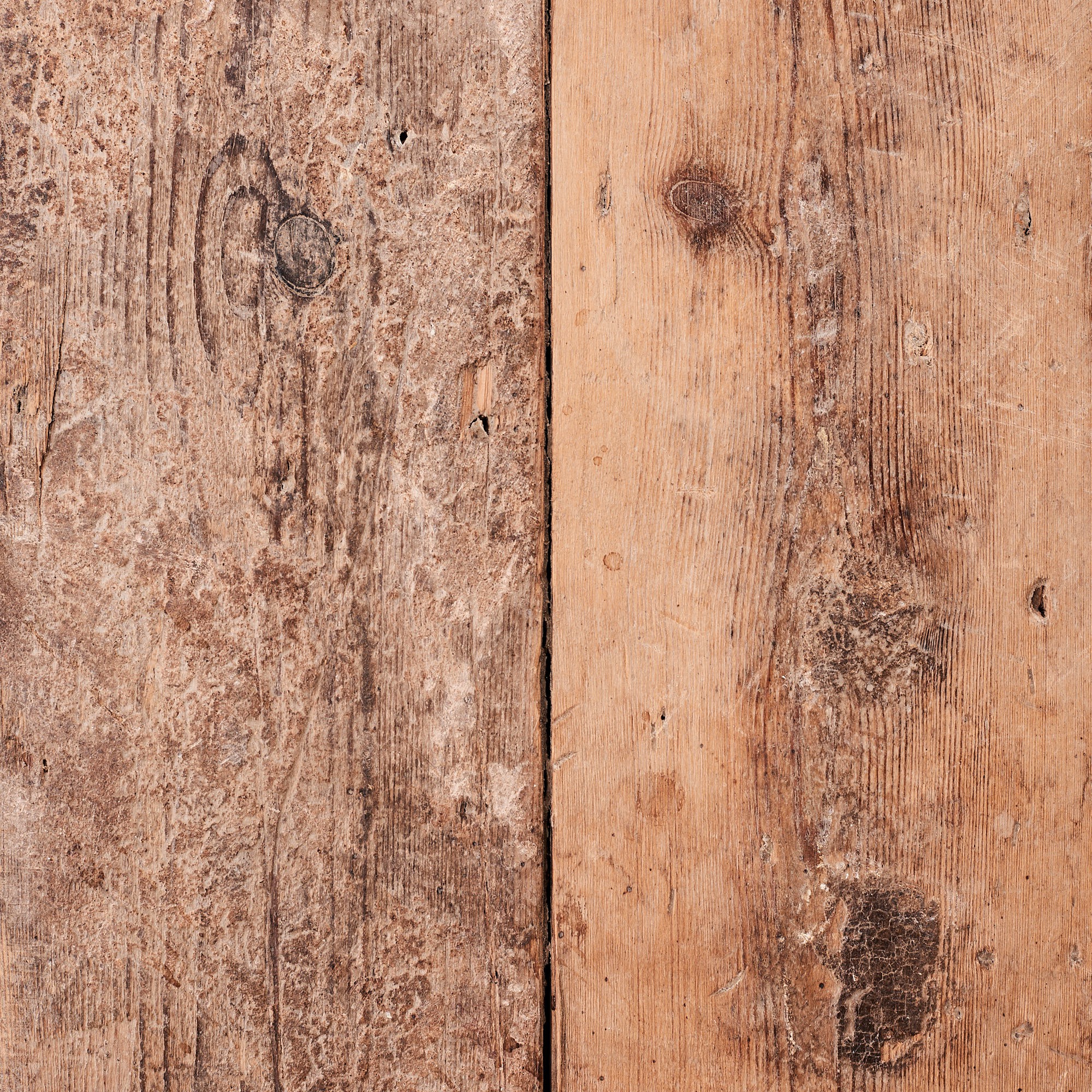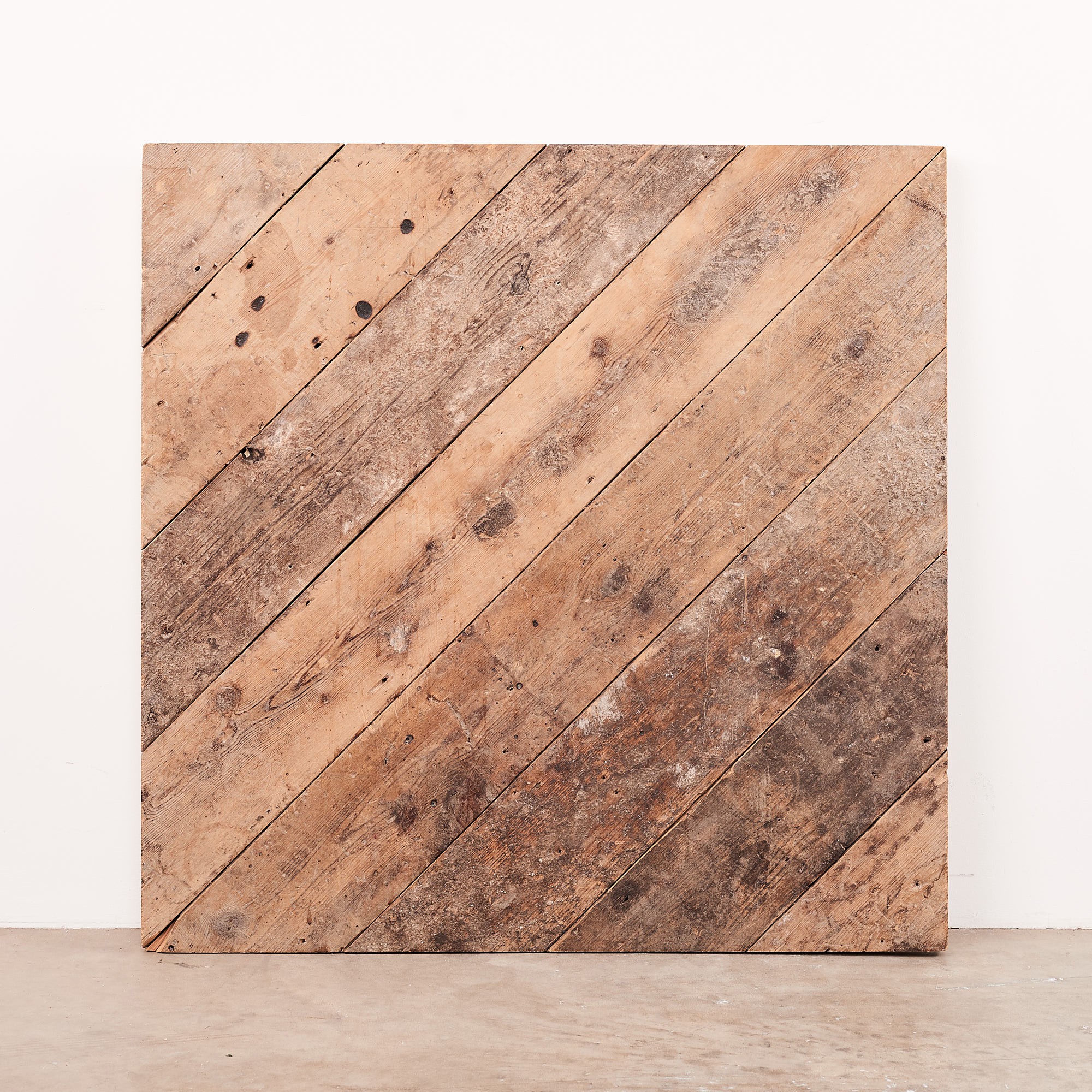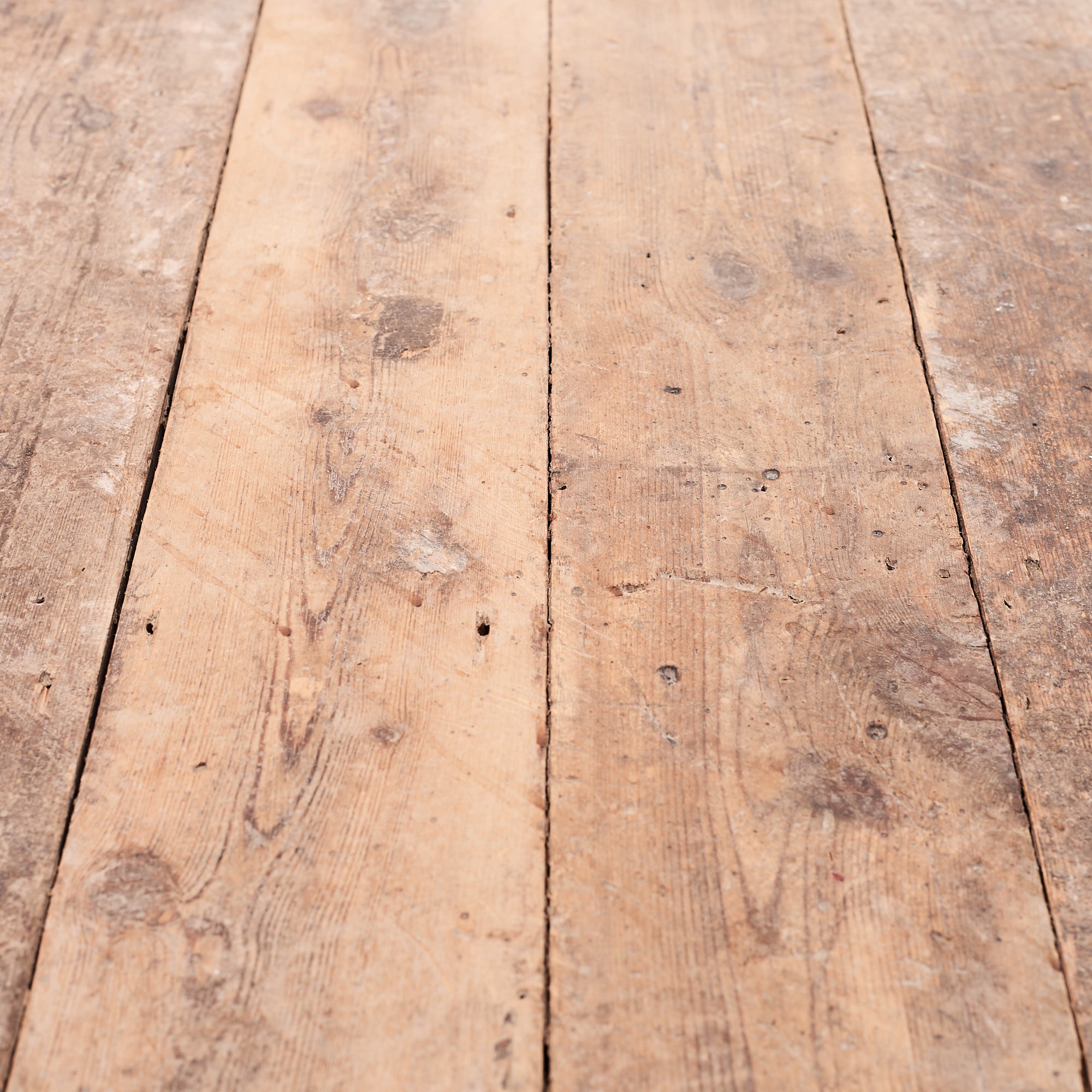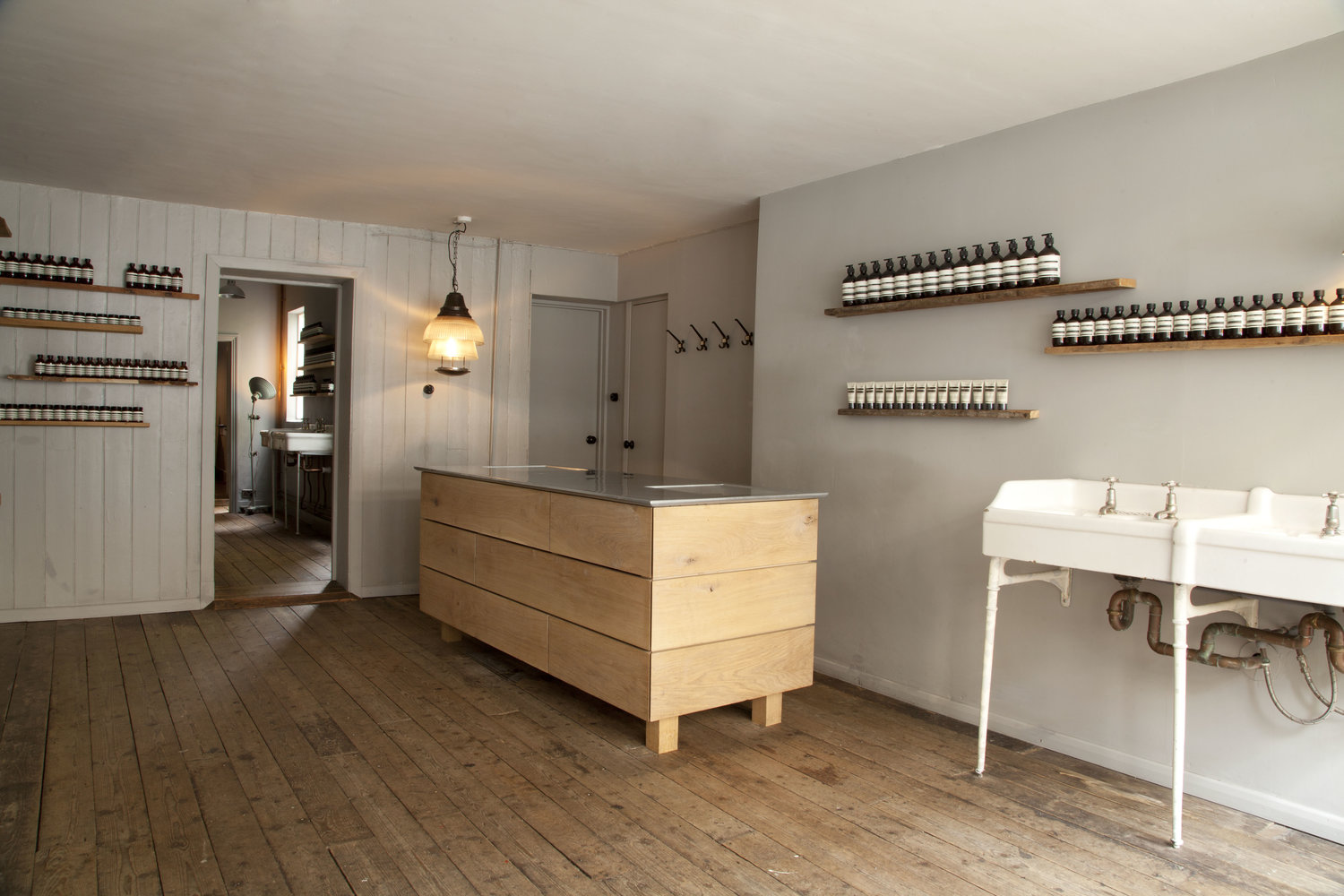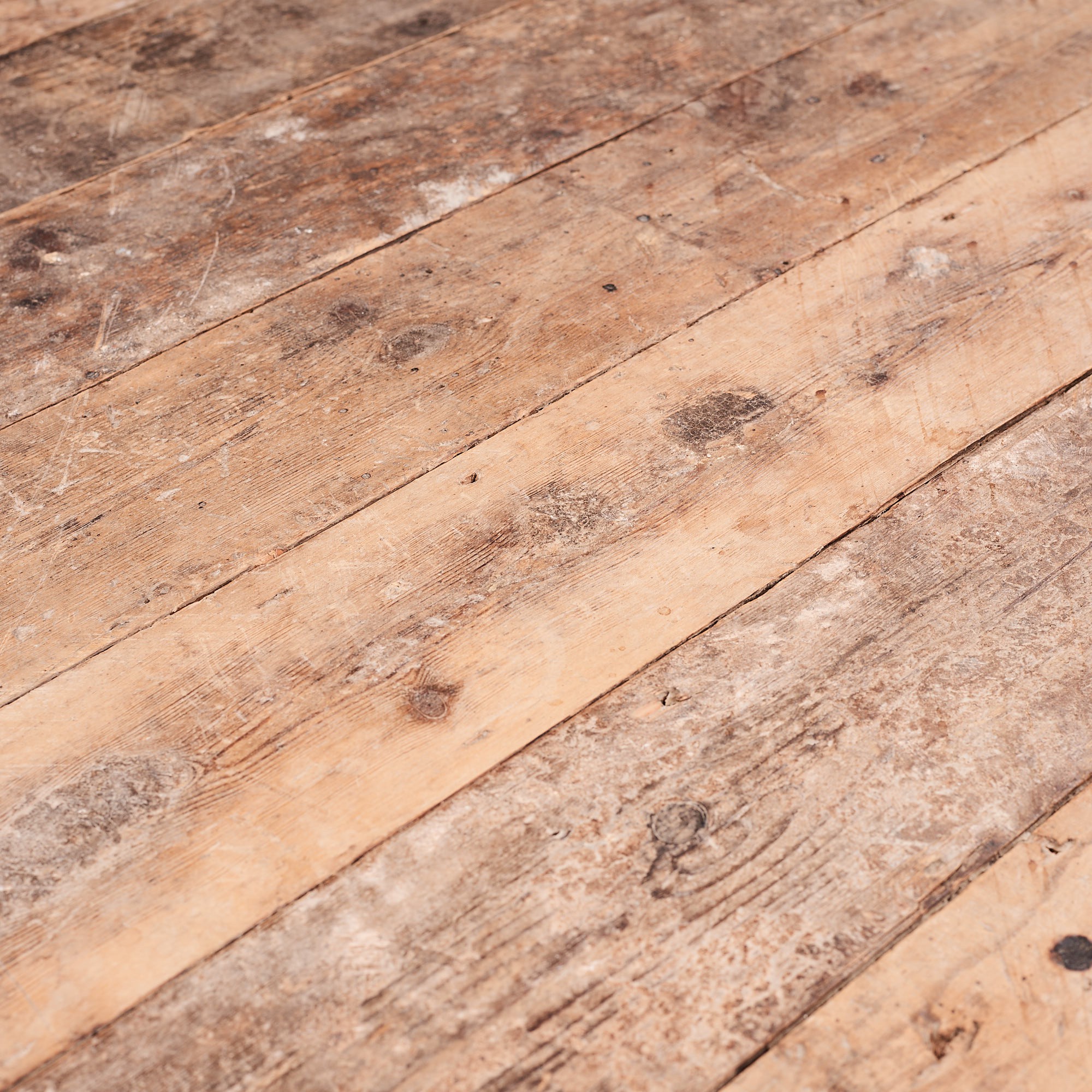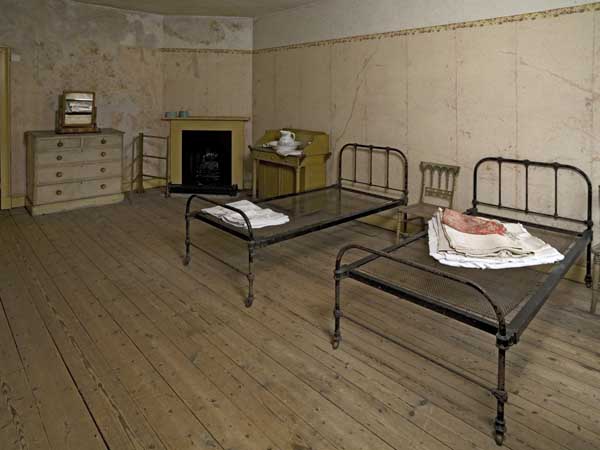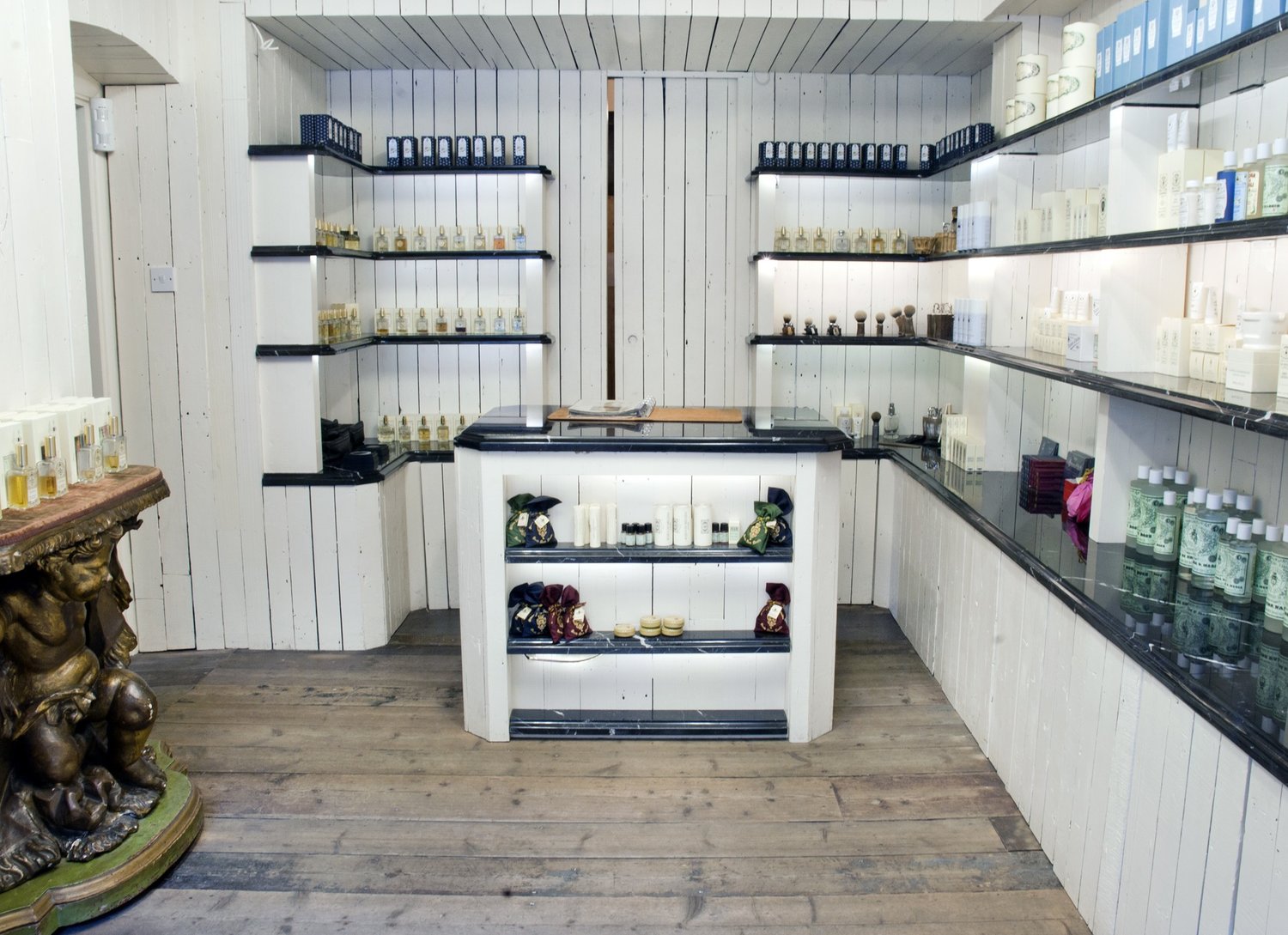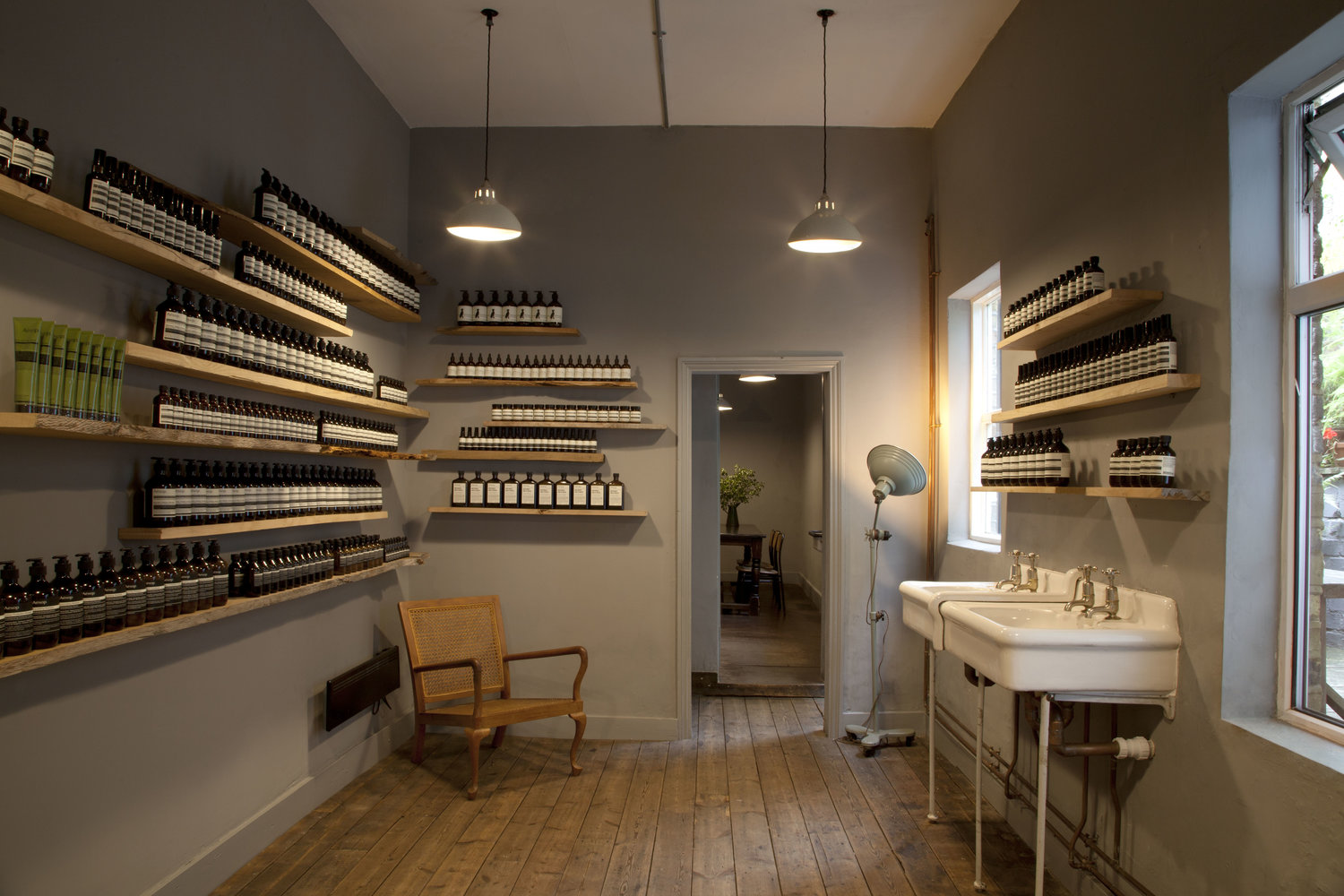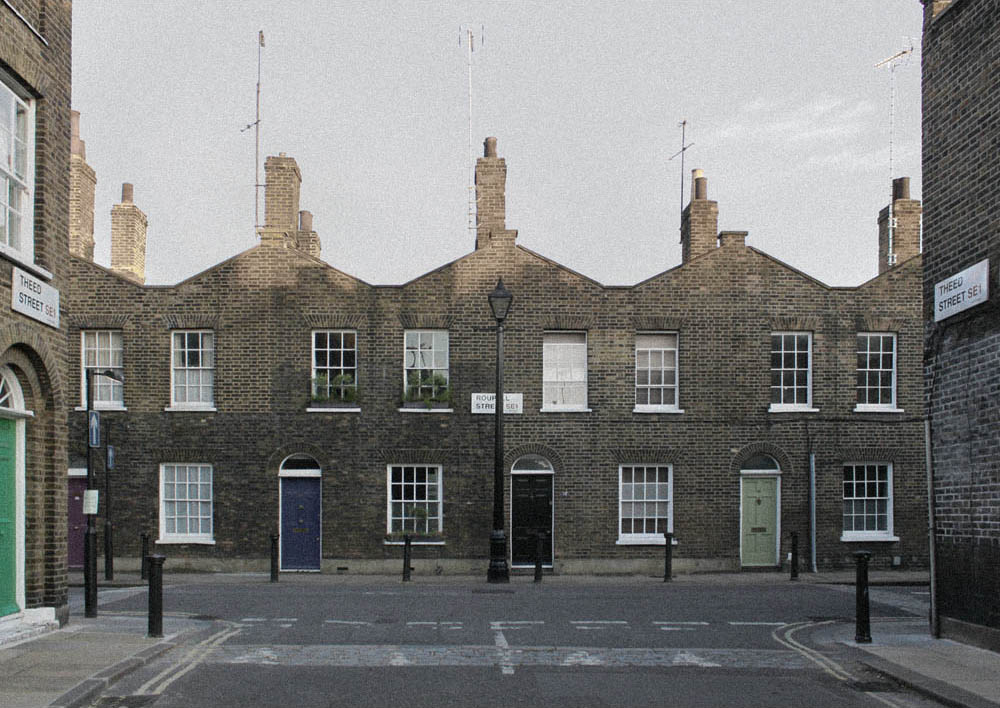Archived Stock - This item is no longer available
Reclaimed Victorian pine floorboards,
Random lengths. Boards priced according to width with the widest batches being the dearest. Widths from 4" - 7".
Victorian baltic pine is an adaptable and characterful timber whose lightly distressed patina lends itself to use in a wide variety of interiors. Traditionally the timber was used in factories, warehouses, terraced housing and even stables. It's a softwood with hard wearing character. Although the timber does mark and scratch more easily than hard woods, it's this ability to develop a unique patina that is sought after by patrons of the most sympathetic restoration works.
As our boards are often sourced from factories, warehouses and mills more often than not it is our Victorian Baltic Pine batches that have the longest lengths. So although our customers are not able to specify long lengths when ordering, with Victorian Pine floorboards you can be assured that there will be more long lengths than short.
The recent conversion of many historic industrial buildings for new updated purposes is something that those of us concerned with English Heritage might consider a shame, however one way to ensure that our proud industrial heritage is not forgotten is through the re use of flooring like this Victorian Baltic pine. The increase in desirability of the warehouse-loft look has meant that there is an increased amount of original pine boarding available for our customers, so good supply can always be ensured.
If you are lucky enough to already own a Victorian property then you may have noticed that almost all pine floorboards in Victorian homes look similar. And you would be right, most Victorian pine ranges from 5 1/2 inches to 6 3/4 inches wide. The same can be said for the batches we most commonly have in stock.
A characteristic of Baltic pine which is favoured by the Scandinavian aesthetic is how well the material responds to bleaching or white washing. The porous, absorbent qualities of this timber in relation to other harder woods mean it takes well almost all finishes, dark or light. However the use of finishes with most LASSCO reclaimed boards is not advised. We try to source batches of timber for their original finish and often turn away batches of timber that are recently finished or yellowing as a result of poor finishing in the past. Our Victorian pine boards are chosen for their naturally aged character and appearance and should be lightly matte waxed and sealed.
SOLD OUT
Out of stock
“The record demand for house building in 18th and 19th century London was an indicator of the nation’s prosperity. The demand for buildings resulted in a demand for timber; that timber was pine, felled in Poland and sent to England through the Baltic ports. The soaring popularity of imported softwood was driven by its quality and availability as well as favourable transport and conversion costs. The quality of slow-grown old-stand timber such as Pinus Sylvestris that was cut inland and sent down river to the Baltic ports of Memel and Riga was recognised by architects and craftsmen of the period.Contemporary specifications (for example by English architect Sir John Soane) called for pine and fir from these ports, including Memel and Riga Fir.
Much of our historic joinery and flooring was constructed from wood that was slow grown. This wood generally has a fine, close-grained texture and, because much of it was from old stands, it tends to be fairly clear of knots and vertically grained, giving it good durability and stability.
Today, managed softwood plantations aim to produce timber as quickly and as economically as possible. This faster grown timber is not as durable as that from the mature trees that were more common up to the start of the 20th century. Much of the modern fast-grown softwood will be used in construction once it has been pressure impregnated with preservatives. Generally this type of timber is not suited to quality repairs of historic joinery. The quality and closeness of grain of repair timber should match that of the original as closely as possible. This will reduce differential movement at the junction of old and new wood.” – The Building Conservation Society.

